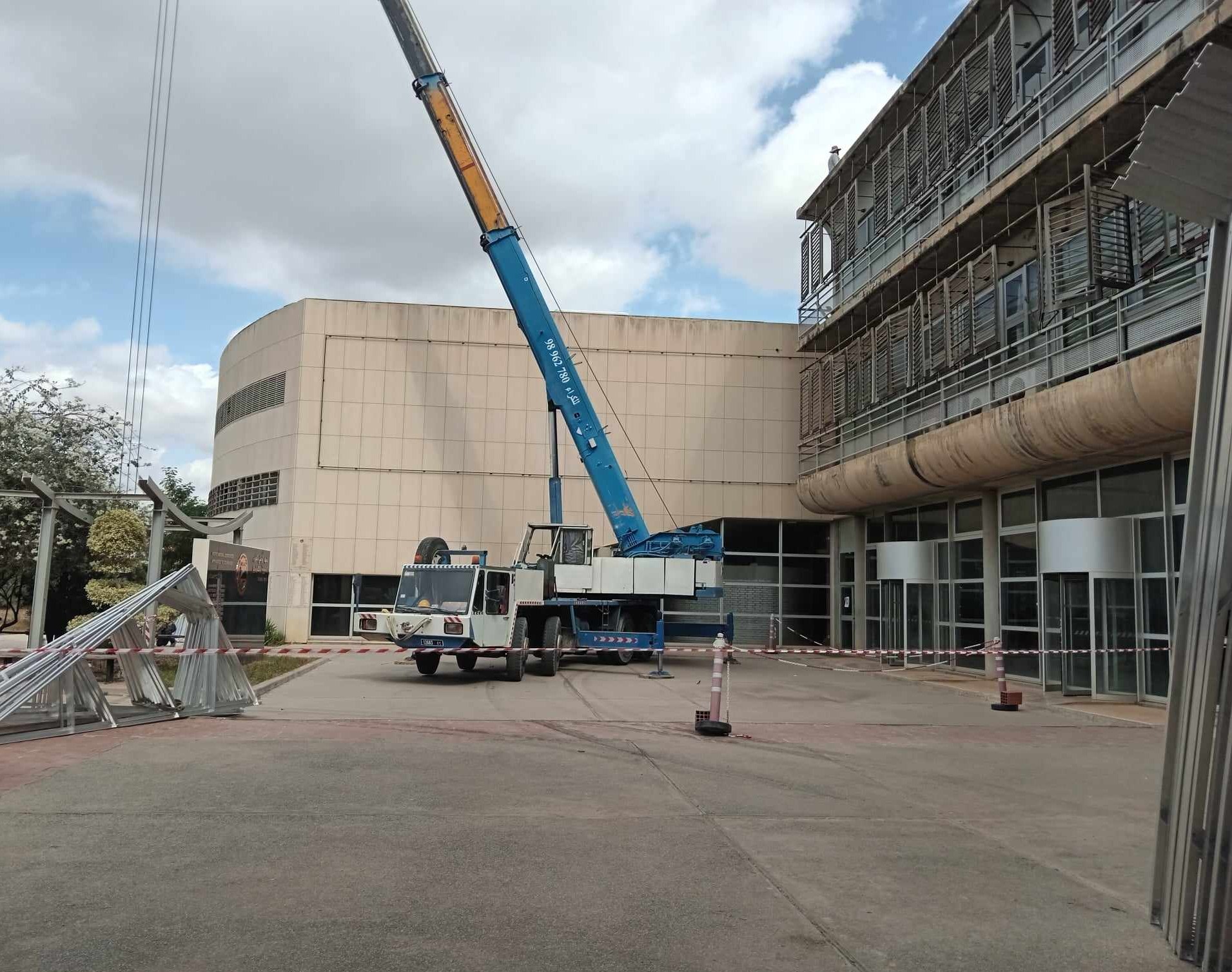How heartwrecking it is to wish for a bit of calm, just few seconds of composure, few glimpses of rest. The ground always threatened to open and swallow them, but they loved it. The earth they were walking on was a glass that was about to shatter, but they adored it. For little kids, it didn’t matter if the whole world was collapsing outside. They had a house and their family was around. But even that was lost.
On the 6th of February 2023, Syria and Turkey lived through the horrors of an earthquake that tore down families and took so many precious lives. Even to think about that is heart-aching. When you hear about an earthquake, you can’t really get calm thoughts and your heart races. You keep wondering about those who made it out of the ruins and those who didn’t. Those whose hands were shaking, but didn’t get to the other side. Those whose hearts were trembling, but the roofs that once protected them weighed too heavily on their shoulders and they were chained. Your lungs won’t find air to breathe and you’ll swallow your heart. You’ll grieve the people who lost everything in a game they didn’t even play.
In the midst of the chaos, a seven year old from Damascus spent seventeen hours under a rubble and placed her hands over her brother’s head, protecting him. She loves him more than anything. Although the roof over their heads fell to their little shoulders, she used it to hold her most precious belongings, her brother.
Once you see that, it never leaves your head. It’s murderous, but beautiful. It’s agonizing, but inspiring. She wrapped him around her like like two branches of a sturdy oak tree, surviving the storm that had ravaged their home. She held tight onto him for he was the cornerstone of her family, the words carved on her heart, and half her soul. The walls of her home may have crumbled, but her love for it remained unshaken. As long as she was next to him, she’ll still have a home.
A soundless scream echoes in the stillness of the night. A call to arms, a cry for help in the face of fright. When your whole world collpases, the loss of everything you’ve ever loved and everything you’ve ever known leaves a wound that even a lifetime cannot stitch. If what they say about hope being synonymous with life, I wish Turks and Syrians never lose it, not to die twice.




Share your thoughts